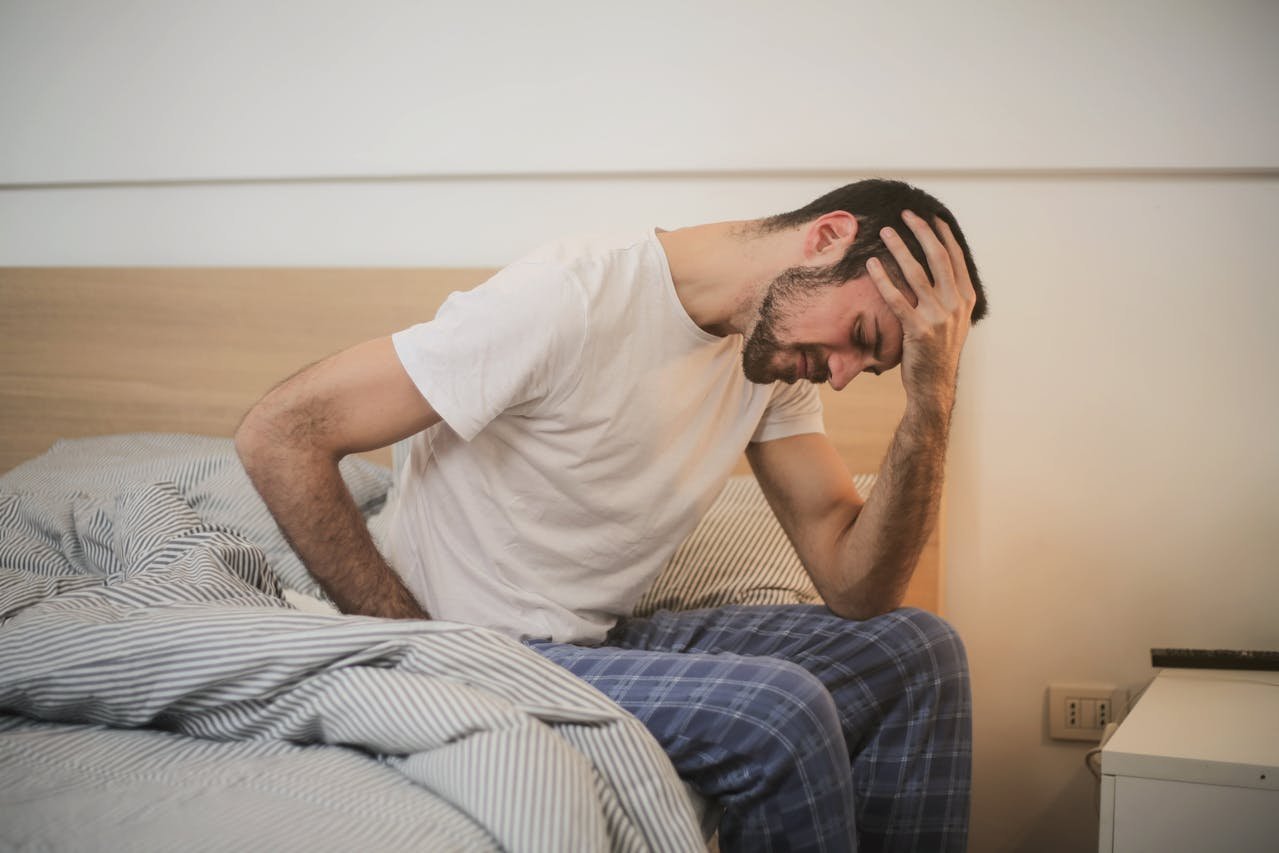Prostate pain, also known as prostatitis, is a common issue that can significantly impact a man’s quality of life. This pain can stem from various conditions, including infections, inflammation, and other non-bacterial causes. Understanding the underlying causes of prostate pain, recognizing the symptoms, and exploring effective treatments and strategies for relief are essential for managing this condition. This article provides a comprehensive overview of prostate pain relief, focusing on both medical treatments and lifestyle modifications.
Understanding Prostate Pain
Prostate pain is typically associated with prostatitis, which is inflammation of the prostate gland. There are four main types of prostatitis:
- Acute Bacterial Prostatitis: This is a sudden bacterial infection of the prostate, characterized by severe symptoms, including fever, chills, and intense pelvic pain. It requires immediate medical attention.
- Chronic Bacterial Prostatitis: This condition involves recurrent bacterial infections of the prostate, leading to chronic symptoms that may flare up periodically.
- Chronic Prostatitis/Chronic Pelvic Pain Syndrome (CP/CPPS): This is the most common form of prostatitis, characterized by chronic pelvic pain without a bacterial infection. The exact cause is often unknown, and symptoms can persist for months or even years.
- Asymptomatic Inflammatory Prostatitis: This condition is characterized by inflammation of the prostate without any noticeable symptoms. It is usually discovered during examinations for other conditions.
Symptoms of Prostate Pain
Symptoms of prostate pain can vary depending on the type and severity of prostatitis. Common symptoms include:
- Pain or discomfort in the lower abdomen, groin, or lower back
- Painful urination or a frequent need to urinate
- Difficulty urinating or weak urine flow
- Painful ejaculation
- Fever and chills (in cases of acute bacterial prostatitis)
- Pelvic pain or discomfort
Medical Treatments for Prostate Pain
Effective treatment for prostate pain depends on the underlying cause. Here are some common medical treatments:
- Antibiotics: For bacterial prostatitis, antibiotics are the primary treatment. Acute bacterial prostatitis usually requires a course of antibiotics for 4 to 6 weeks, while chronic bacterial prostatitis may need a longer treatment period to prevent recurrence.
- Alpha-Blockers: These medications relax the muscles of the prostate and bladder neck, improving urine flow and reducing symptoms. They are particularly useful for CP/CPPS.
- Anti-Inflammatory Medications: Nonsteroidal anti-inflammatory drugs (NSAIDs) can help reduce inflammation and alleviate pain in cases of CP/CPPS and asymptomatic inflammatory prostatitis.
- Muscle Relaxants: These medications can help relieve muscle tension and pain in the pelvic floor muscles, which is common in CP/CPPS.
- Prostate Massage: Some doctors may recommend prostate massage to relieve symptoms of chronic prostatitis. This involves gently massaging the prostate to release fluids and reduce inflammation.
- Physical Therapy: Pelvic floor physical therapy can help relieve muscle tension and improve symptoms of CP/CPPS. Physical therapists use various techniques, including manual therapy, biofeedback, and exercises to strengthen and relax the pelvic floor muscles.
- Chronic Pain Management: For persistent pain, a multidisciplinary approach involving pain specialists, urologists, and physical therapists may be necessary. This can include a combination of medications, physical therapy, and psychological support.
Lifestyle Modifications for Prostate Pain Relief
In addition to medical treatments, certain lifestyle changes can help manage and relieve prostate pain:
- Dietary Changes: Avoiding spicy foods, caffeine, alcohol, and acidic foods can help reduce irritation and inflammation of the prostate. A diet rich in fruits, vegetables, whole grains, and lean proteins can support overall prostate health.
- Hydration: Drinking plenty of water helps maintain urinary health and can prevent urinary tract infections that may exacerbate prostate pain. However, it is essential to balance hydration with the need to avoid frequent urination, which can aggravate symptoms.
- Exercise: Regular physical activity can help improve overall health and reduce symptoms of prostatitis. Exercises that strengthen the pelvic floor muscles, such as Kegel exercises, can be particularly beneficial.
- Stress Management: Chronic stress can exacerbate symptoms of CP/CPPS. Techniques such as yoga, meditation, deep breathing exercises, and other relaxation methods can help manage stress and reduce pain.
- Warm Baths: Soaking in a warm bath or using a heating pad on the pelvic area can help relax muscles and alleviate pain. This simple remedy can provide significant relief for some men.
- Avoiding Prolonged Sitting: Sitting for long periods can put pressure on the prostate and worsen symptoms. Taking regular breaks to stand, stretch, and move around can help alleviate discomfort.
- Healthy Sexual Practices: Regular, gentle sexual activity can help maintain prostate health and relieve pain. However, it is essential to avoid activities that cause pain or discomfort.
Alternative and Complementary Therapies
Some men find relief from prostate pain through alternative and complementary therapies. While these approaches may not work for everyone, they can be worth exploring:
- Acupuncture: This traditional Chinese medicine technique involves inserting thin needles into specific points on the body to relieve pain and promote healing. Some studies suggest that acupuncture can help reduce symptoms of chronic prostatitis.
- Herbal Supplements: Certain herbal supplements, such as saw palmetto, pygeum, and quercetin, have been used to relieve prostate symptoms. However, it is crucial to consult with a healthcare provider before taking any supplements, as they can interact with other medications.
- Probiotics: Some research suggests that probiotics, which are beneficial bacteria found in supplements and fermented foods, can help manage symptoms of chronic prostatitis by promoting a healthy balance of gut and urinary tract flora.
Conclusion
Prostate pain can be a challenging condition to manage, but understanding the underlying causes and exploring a range of treatment options can help alleviate symptoms and improve quality of life. Medical treatments, including antibiotics, alpha-blockers, anti-inflammatory medications, and physical therapy, are essential components of prostate pain management. Additionally, lifestyle modifications, such as dietary changes, regular exercise, stress management, and alternative therapies, can provide significant relief. If you experience persistent prostate pain, it is crucial to consult with a healthcare provider to determine the most appropriate treatment plan for your specific condition.
